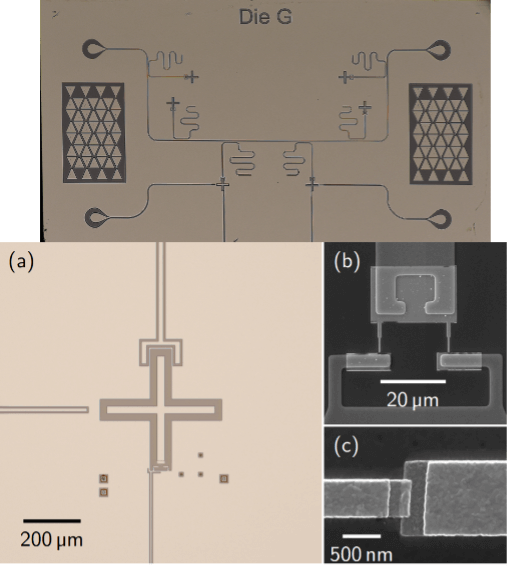Summary
The scalability of quantum processors is limited by current error rates for single-qubit gates. By encoding more than a single bit of information within a single ion, multi-level “qudits” offer a promising method of increasing the information density within a quantum processor, and therefore minimizing the number of gates and associated error rates. In this project we seek to improve the capabilities of trapped ion quantum processors, implementing all of the basic tools required to perform quantum information processing with multi-level qudits. To-date there have been few experimental efforts directed towards this area and many of the basic operations – such as reliably distinguishing among all possible basis states in a single-shot measurement or performing deterministic entangling gates – have not yet been demonstrated. In this project, we will design and construct a laser system that will be used to perform coherent operations, and to implement and characterize high-fidelity single-qudit gates. These will form some of the world’s first laboratory demonstrations of quantum computing with multi-level qudits. Because our approach will allow more information to be encoded with fewer qudits, and folds some of the complexity of a given algorithm into the non-entangling operations, there is reason to believe that the use of multi-level qudits could bring dramatic improvements to the scalability of quantum processors.
Related Content
Fabrication of Ultra Low Noise RF SQUID Amplifiers
A superconducting quantum interference device (SQUID) is an extremely sensitive magnetic field detector.
June 1, 2017

Building Blocks for Quantum Neuromorphic Computing: Superconducting Quantum Memcapacitors
Quantum neuromorphic computing (QNC) is a novel method that combines quantum computing with brain-inspired neuromorphic computing. Neuromorphic computing performs computations using a complex ensemble of artificial neurons and synapses (i.e., electrical circuits) to emulate the human brain. QNC may lead to a quantum advantage by realizing these components with quantum memory elements, or memelements, which […]
June 12, 2023
Quantum Sensing Applications using Quantum Communication Technology
Summary The Quantum Encryption and Science Satellite provides a platform to develop and deploy quantum sensing and metrology via photonic channels. This project will build upon ‘free-space’ quantum communication technology and explore new approaches and methods to advance two primary applications: quantum-enhanced telescopes, and spectroscopic sensing for methane detection in the atmosphere. For the […]
December 8, 2018

Quantum Dynamics of Cavity Interactions with Spin Ensembles
Summary High quality factor cavities can be powerful control elements for ensembles of spins, enabling unitary control as well as on demand cooling. They can also be used to couple two otherwise non-interacting ensembles. The goal of the project is to explore the physics and engineering of such systems both theoretically and experimentally. The laboratory contains a […]
September 7, 2016

